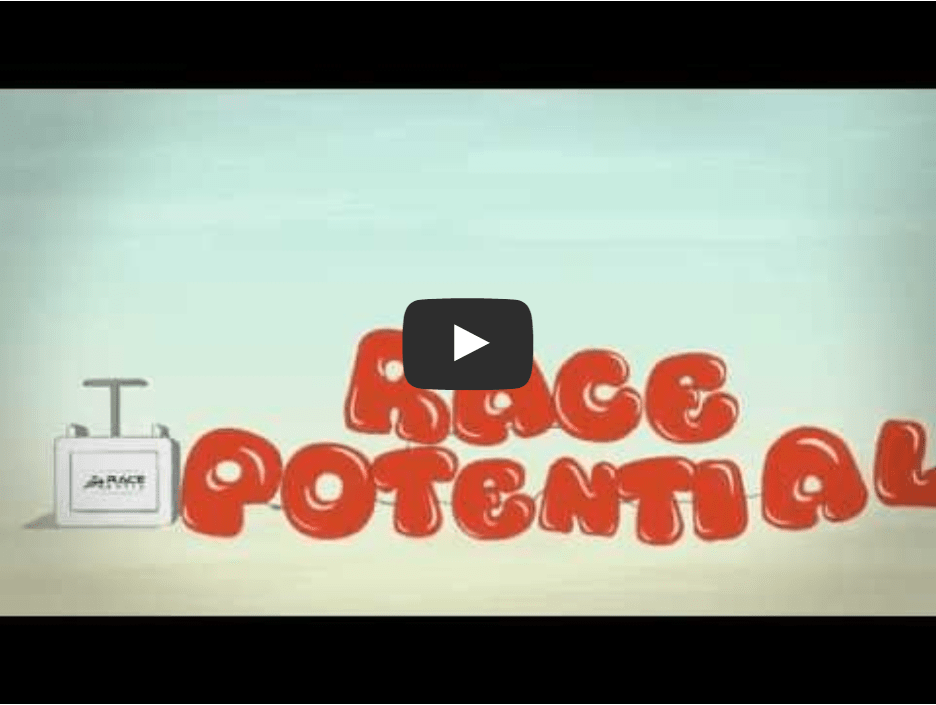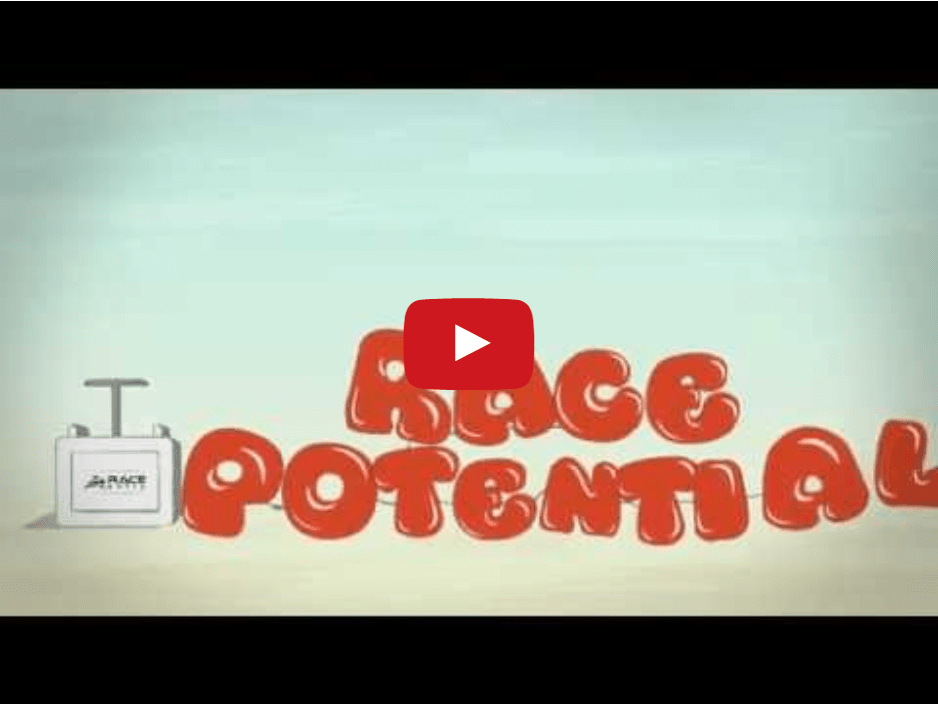Downloadable pdf of Childhood Cancer Fact Library
All statistics below are for U.S. children from birth through 19 years old.
Diagnosis
- The incidence of childhood cancer is on the increase, averaging 0.6% increase per year since mid 1970’s resulting in an overall increase of 24% over the last 40 years (1)
- 1 in 285 children was diagnosed with cancer in 2014 (1)
- 43 children per day or15,780 children per year are expected to be diagnosed in with cancer (10,450 ages 0 to 14, and 5,330 ages 15 to 19) (1)
- The average age at diagnosis is 8 overall (ages 0 to 19), 5 years old for children (aged 0 to 14), and 17 years old for adolescents (aged 15 to 19) (9), while adults’ average age for cancer diagnosis is 65 (7a)
- Childhood cancer is not one disease – there are more than 12 major types of pediatric cancersand over 100 subtypes.(1)
Treatment, Research, Funding
- Since 1980, only three drugs have been approved in the first instance for use in children. Two, teniposide (1980) and clofarabine (2004), are used in the treatment of ALL. The third, Unituxin (dinutuximab) was approved in 2015 for use in high risk neuroblastoma. Fewer than 8 total drugs, consisting of the three above and five others also approved for use in adults, have been developed for use in children with cancer –compared with hundreds of drugs that have been developed specifically for adults only. (7) Equally important, for many of the childhood cancers, the same treatments that existed in the 1970’s continue with few, if any, changes. (10)
- The average cost of a stay in a hospital for a child with cancer is $40,000 per stay. (5)
- On average, pediatric hospitalizations for cancer cost almost five times as much as hospitalizations for other pediatric conditions. (5)
- For 2015, the National Cancer Institute (NCI) budget was $4.93 billion. It is anticipated that childhood cancer received 4% of that sum or $198 million. (7C)
- Prostate cancer (patient average age at diagnosis, 66 years) (7A), receives more research funding from NCI than all childhood cancers combined (patient average age at diagnosis, 8 years). (9)
Long Term Health-Effects Associated with Treatments & Survival
- More than 95% of childhood cancer survivors will have a significant health related issue by the time they are 45 years of age (2); these health related issues are side-effects of either the cancer or more commonly, the result of its treatment. 1/3 will suffer severe and chronic side effects; 1/3rd will suffer moderate to severe health problems; and 1/3rd will suffer slight to moderate side effects. (2)
Mortality
- Cancer is the number one cause of death by disease among children. (4)
- About thirty five percent of children diagnosed with cancer will die within 30 years of diagnosis. (8)
- On average, about 17% of children die within 5 years of diagnosis. Among those children that survive to five years from diagnosis, 18% will die within 30 years of diagnosis. (8)
- Those that survive the five years have an eight times greater mortality rate due to the increased risk of liver and heart disease and increased risk for reoccurrence of the original cancer or of a secondary cancer. (8)
- There are 70 potential life years lost on average when a child dies of cancer compared to 15 potential life years lost for adults. (7B)
Survival
- The average 5-year survival rate for childhood cancers when considered as a whole is 83%.(1,3)
- Cancer survival rates vary not only depending upon the type of cancer, but also upon individual factors attributable to each child. (6)
- Survival rates can range from almost 0% for cancers such as DIPG, a type of brain cancer, to as high as 90% for the most common type of childhood cancer known as Acute Lymphoma Leukemia (ALL). (1)
- The average 5-year survival rate not including children with ALL is 80%. (1)
- There are nearly 390,000 childhood cancer survivors in the United States. This number is projected to grow to more than 500,000 by 2020.(21)
- Approximately 1 in 530 young adults between the ages of
 20 years and 39 years is a survivor of childhood cancers. (1)
Pediatric Cancer 5-Year Observed Survival Rates for 2 Time Periods, Ages Birth to 19 Years (1)
The table below contrasts the estimated 5-year survival rates for various types of childhood cancers for the 1975-1979 and 2002-2009 time periods. It should be noted the survival rates listed below reflect general rates and in no way are a representation of an anticipated actual survival outcome for any individual child.

Psychosocial Care(20)
- Childhood cancer threatens every aspect of the family’s life and the possibility of a future, which is why optimal cancer treatment must include psychosocial care. 11
- The provision of psychosocial care has been shown to yield better management of common disease-related symptoms and adverse effects of treatment such as pain and fatigue.12
- Depression and other psychosocial concerns can affect adherence to treatment regimens by impairing cognition, weakening motivation, and decreasing coping abilities. 13
- For children and families, treating the pain, symptoms, and stress of cancer enhances quality of life and is as important as treating the disease. 14
- Childhood cancer survivors reported higher rates of pain, fatigue and sleep difficulties compared with siblings and peers, all of which are associated with poorer quality of life. 15
- Changes in routines disrupt day-to-day functioning of siblings .16 Siblings of children with cancer are at risk for emotional and behavioral difficulties, such as anxiety, depression, and post traumatic stress disorder.17
- Symptoms of post traumatic stress disorder are well documented for parents whose children have completed cancer treatment. 18
- Chronic grief has been associated with many psychological (e.g., depression and anxiety) and somatic symptoms (e.g., loss of appetite, sleep disturbances, fatigue), including increased mortality risk. 19
Endnotes
1 American Cancer Society, Childhood and Adolescent Cancer Statistics, 2014 http://goo.gl/y5RXyv
2 St. Jude Children’s Research Hospital, (JAMA. 2013:309 [22]: 2371-2381) http://jama.jamanetwork.com/article.aspx?articleid=1696100
3 National Center Biotechnology Information, Declining Childhood & Adolescent Cancer Mortality, Cancer 2014 http://www.ncbi.nlm.nih.gov/pubmed/24853691
4 National Vital Statistics Report, vol. 62.6, December 20, 2013 http://www.cancer.gov/types/childhood-cancers/child-adolescent-cancers-fact-sheet
5 Healthcare Cost and Utilization Project (HCUP), Statistical Brief #132, Pediatric Cancer Hospitalizations 2009 https://www.hcup-us.ahrq.gov/reports/statbriefs/sb132.pdf1
6 American Society of Clinical Oncology http://jco.ascopubs.org/content/28/15/2625.short
7 National Cancer Institute, http://www.cancer.gov/research/areas/childhood
7A National Cancer Institute, SEER Median Age of Diagnosis 2008-2012, Table 1.12 http://seer.cancer.gov/csr/1975_2012/results_merged/topic_med_age.pdf
7B National Cancer Institute, SEER Cancer Statistics Review 1973-1997 (NCI 2000) http://jnci.oxfordjournals.org/content/93/5/341.full
7C National Cancer Institute, NCI/NIH Budget http://www.cancer.gov/about-nci/budget/congressional-justification/fy2015-nci-congressional-justification.pdf
8 Journal of the National Cancer Institute “Cause-Specific Late Mortality Among 5 Year Survivors” http://jnci.oxfordjournals.org/content/100/19/1368.full
9 NCI, SEER Age-Specific Rates and Counts for Cancer Sites by Single Year of Age at Diagnosis, Table 28.13 http://seer.cancer.gov/csr/1975_2012/results_single/sect_28_table.13_2pgs.pdf
10 Additional information in this statement was obtained from several reliable and authoritative sources
11 Institute of Medicine, 2008 – Cancer Care for the Whole Patient
12 Jacobsen et al., 2012 (Journal of Clinical Oncology, 30 (11), p.1151-1153)
13 Institute of Medicine, 2008
14 Institute of Medicine 2015 – Comprehensive Care for Children with Cancer and Their Families
15 Children’s Oncology Group Long Term Follow-Up Guidelines, 2013
16 Alderfer et al., 2010 (Psycho-oncology, 19 (8), p. 789-805)
17 Alderfer et al., 2003 (Journal of Pediatric Psychology, 28 (4), p. 281-286)
18 Kazak et al., 2004 (Journal of Pediatric Psychology, 29 (3), p. 211-219)
19 Alam et al., 2012 (Death Studies, 36 (1), p. 1-22)
20 Psychosocial care addresses the effects that cancer treatment has on the mental health and emotional wellbeing of patients, their family members, and their professional caregivers. Psychosocial care is not provided by a single profession alone: Instead, every patient-healthcare provider interaction provides an opportunity to assess the stressors and concerns of children and their family members.
21 Robison LL, Hudson MM. Survivors of childhood and adolescent cancer: life long risks and responsibilities. Nat Rev Cancer 2014; 14: 61-70











 Gmail
Gmail Yahoo
Yahoo Outlook
Outlook Email
Email




